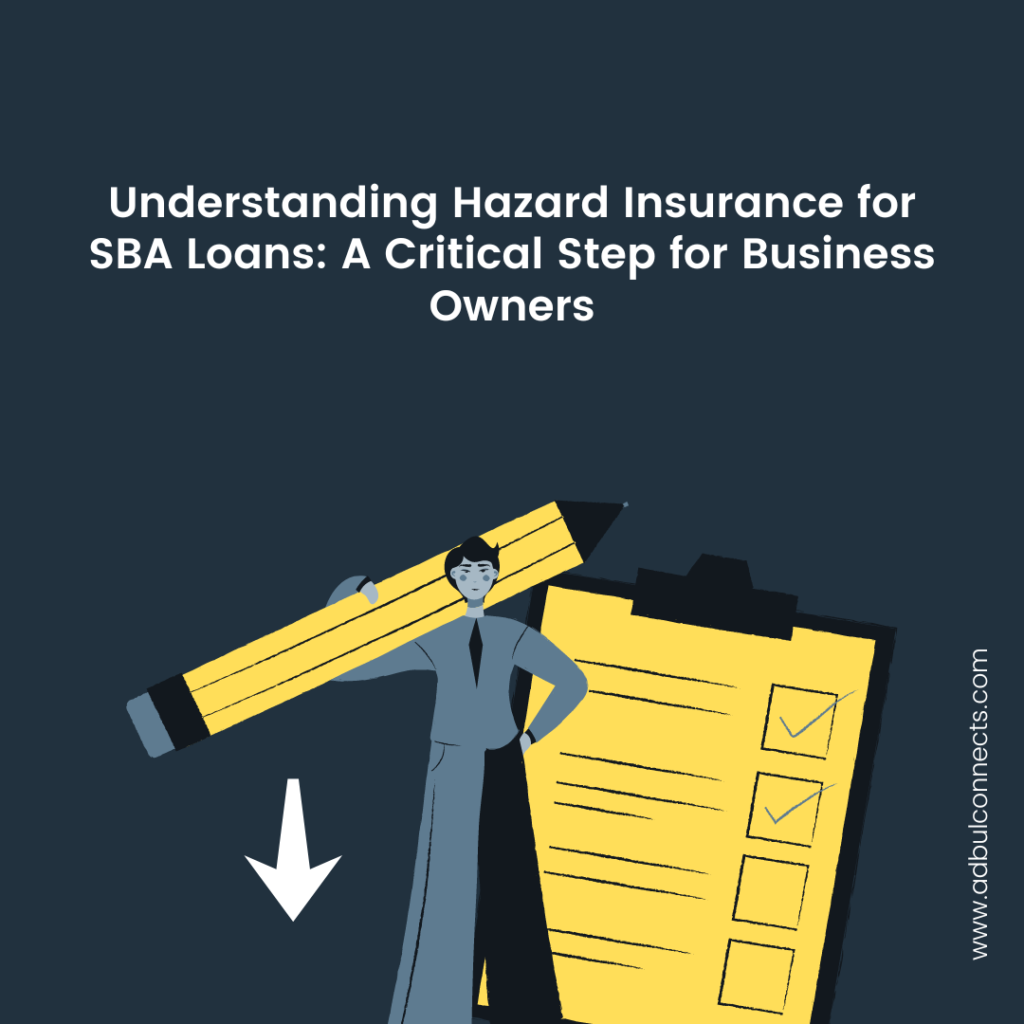
When applying for an SBA loan—whether it’s a 7(a) loan, 504 loan, or an Economic Injury Disaster Loan (EIDL)—understanding the role of hazard insurance is crucial. Hazard insurance is a type of coverage that protects your business’s physical property, including buildings, inventory, and equipment, from damages caused by perils like fire, theft, vandalism, and some water-related incidents like burst pipes (but not natural flooding). This insurance is particularly essential because it protects the collateral used to secure the loan, ensuring that the lender can recover its value in case of an unfortunate event.
What is Hazard Insurance?
Hazard insurance is a subset of commercial property insurance that covers your business’s assets from a wide range of potential damages. For business owners, particularly those applying for SBA loans, securing the right type of hazard insurance ensures that their physical assets are protected, safeguarding the overall value of their business.
Typical hazards covered under this insurance include:
– Fire and smoke damage
– Theft and burglary
– Vandalism
– Storm and wind damage
– Certain types of water damage (such as from burst pipes, but flood damage usually requires separate insurance)
By providing this coverage, hazard insurance not only fulfills SBA loan requirements but also protects a business from financial setbacks due to property damage.
Hazard Insurance and SBA Loans
SBA 7(a) Loans
For SBA 7(a) loans, hazard insurance is mandatory for any loan exceeding $25,000. Additionally, for loans where the collateral is valued at over $500,000, the requirement becomes more stringent. The insurance must cover at least 80% of the property’s value to ensure adequate protection of the collateral. This is especially crucial for businesses that are purchasing or renovating physical property using the loan.
SBA 504 Loans
The SBA 504 loan is specifically designed for the acquisition or improvement of real estate, machinery, or other fixed assets. Since property is typically used as collateral for these loans, hazard insurance is almost always required to protect against damage that could depreciate the value of the property.
SBA Microloans
Microloans, which are typically for smaller amounts (up to $50,000), generally do not require hazard insurance unless the property is located in a high-risk flood zone. In that case, flood insurance might be required as well.
Economic Injury Disaster Loans (EIDL)
In response to the COVID-19 pandemic, the SBA implemented hazard insurance requirements for EIDL loans exceeding $25,000. This was a strategic move to ensure that businesses receiving these loans to stay afloat during the economic crisis were also protecting their physical assets against any additional damage or disasters.
### Why Hazard Insurance is Essential for SBA Loan Compliance
Without proper hazard insurance, your SBA loan application could be delayed, or worse, denied. Lenders require this type of insurance to minimize their risk and ensure that the assets you’ve pledged as collateral retain their value in the event of an accident or disaster. Without it, a business owner could face financial ruin from a single disaster, making it impossible for the lender to recover its loan.
For example, during the COVID-19 pandemic, many businesses were affected by both economic downturns and physical damage caused by natural disasters. In a 2021 update to EIDL loans, the SBA emphasized that hazard insurance is critical for loans over $25,000. Businesses without proper coverage risked losing their assets or facing significant financial losses from damage caused by fires or storms. This move helped secure both the business and the lender, highlighting the importance of insurance in times of crisis【53†source】.
Getting Hazard Insurance for an SBA Loan
If your commercial property is uninsured or underinsured, purchasing hazard insurance is essential when applying for an SBA loan. Here’s how you can ensure you meet compliance standards:
1. Work with a licensed insurance agent experienced in SBA loan requirements.
2. Compare insurance policies to find one that balances cost and coverage.
3. Add your lender as the loss payee on your hazard insurance policy. This ensures that the lender will be compensated if there’s damage to the collateral.
4. Provide proof of insurance to your lender before closing the loan.
By securing the right coverage, you’ll protect your business from unexpected disasters while ensuring compliance with SBA loan requirements.
Real-Life Example: The Importance of Hazard Insurance
In 2021, many businesses struggled to maintain financial stability during the pandemic. An illustrative case involves a small business in California that applied for an SBA EIDL loan to cover operational costs. Shortly after the loan was approved, a fire severely damaged the company’s property. Thanks to the mandatory hazard insurance that was required for the EIDL loan, the business received compensation to rebuild and continue operations. Without the insurance, the business would have faced significant losses and potential bankruptcy.
According to a Forbes article from 2021, businesses with proper hazard insurance were more likely to recover quickly from property damage caused by natural disasters or accidents. The insurance not only protected them from financial loss but also helped secure their future by keeping collateral valuable and compliant with loan agreements.
The Cost of Not Having Hazard Insurance
Businesses that fail to secure hazard insurance can face severe consequences, including loan denial or a default on the loan if damage occurs after disbursement. Worse still, the financial burden of repairing or replacing damaged assets can be overwhelming, leading to potential bankruptcy.
Data from a 2022 report indicates that around (30% of businesses that experience significant property damage) without adequate insurance coverage fail to reopen. This highlights the necessity of having robust hazard insurance for your business’s survival.
Conclusion
Understanding and complying with SBA hazard insurance requirements is crucial for business owners looking to secure loans. The right insurance policy not only protects your business assets but also ensures that your loan application process goes smoothly. By taking the time to secure hazard insurance, you’re making a smart investment in the long-term security and success of your business.
If you’re looking for assistance in navigating SBA loan requirements or need help securing hazard insurance, don’t hesitate to reach out. With over five years of experience in the industry, Abdul Rehman, Business Development Manager at Acrisure, is available to guide you through the process. Call 916-778-5979 to get a tailored quote or insurance advice to protect your business.
